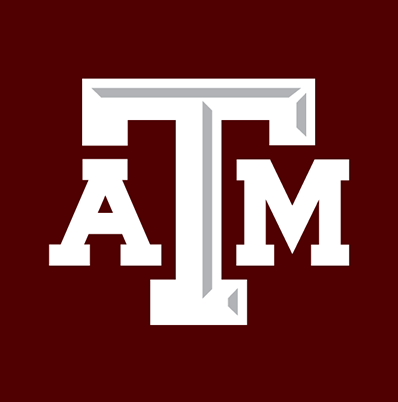Summertime is about hanging out by the pool (or lake or ocean) reading a good book, right? Most people think about fiction, mystery, or romance books to take a mental vacation along with a physical one. Well, here are a few of my recently read assessment books that you might want to check out. They might just keep you on the edge of your seat, take you places you haven’t been before, and put a smile on your face with a happy ending. I can’t vouch for the romance, but I think you will see how you can improve your relationships with assessment and your colleagues.
If you are interested in imbedding student learning into your advising, supervising, and interactions with students, you might like Making Thinking Visible: How to Promote Engagement, Understanding, and Independence for All Learners by Ritchhart, Church, and Morrison. While more geared to K-12 classroom settings, I think the concepts can be adapted to the college co-curricular environment. There are tips and tools that you can use in a variety of settings that promote thinking, reflection, and documentation. I think this is a good resource when working with individuals and groups.
The Curricular Approach to Student Affairs: A Revolutionary Shift for Learning Beyond the Classroom by Kerr, Edwards, Tweedy, Lichterman and Knerr takes a macro approach to how we can integrate learning in what we do beyond a traditional programming model that many departments have used in the past. The book describes alignment of institutional, division, and unit mission, goals, and outcomes as practitioners think about implementing learning strategies. I think this is a great resource for divisions of student affairs who what to take a collaborative and comprehensive approach to learning across a larger organization. If done well, students can then see how learning is integrated across their experiences both in and out of the classroom.
Advancing Assessment for Student Success: Supporting Learning by Creating Connections across Assessment, Teaching, Curriculum, and Cocurriculum in Collaboration with our Colleagues and Students by Driscoll, Wood, Shapiro, and Graff. The focus of this book on student learning and success comes from the perspective of faculty, student affairs professionals, and assessment staff who work together in a purposeful way. The book covers everything from equity in assessment to learning outcomes, rubrics, and reflection. The examples and resources are helpful in being able to apply strategies at your own institution. I appreciate their perspective about supporting the curriculum and cocurriculum in student learning.
You are a Data Person: Strategies for Using Analytics on Campus by Parnell puts assessment and data in perspective. If you do not consider yourself a data person before you read this book, you will afterward. Assessment doesn’t have to be big and scary, and we use data at our disposal to make decisions every day. The framework provided is clear and easy to understand. She even provides a self-assessment exercise to help you define your data approach. This book may inspire you to be more engaged in assessment efforts on your campus.
I hope you have a few moments this summer to read more about assessment and student learning. Maybe you can suggest a summer book club and get your colleagues involved in reading, discussing, and acting on that learning. You may have another book that you want to share with your colleagues, which is also fantastic. Remember, learning and improvement do not take place in a vacuum, and assessment is a team sport.

